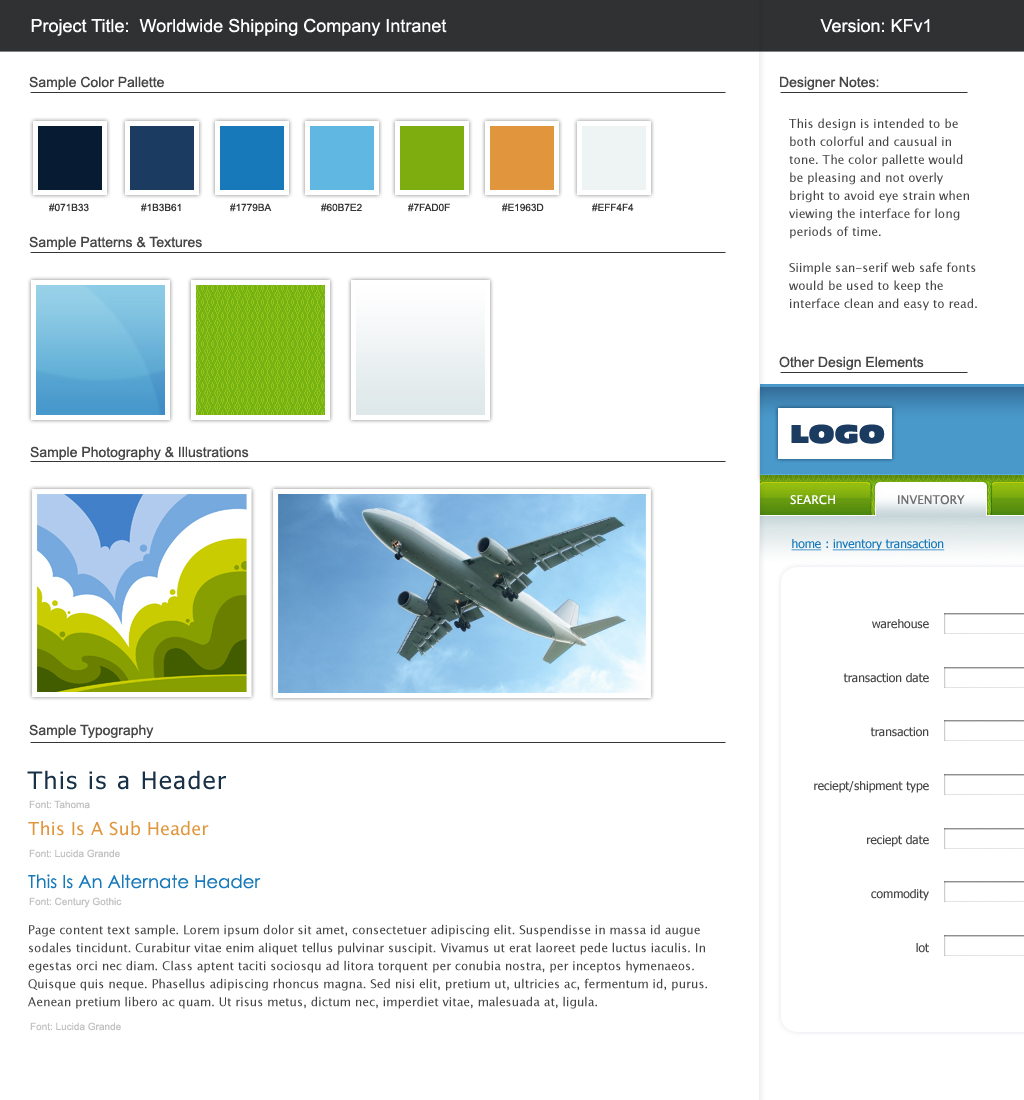
For example, what will your overall tone and voice be: light or dark? Professional or playful? These ideas could come out of kickoff calls, meetings, creative briefs, and persona calls. Their purpose is to gather ideas and inspiration before jumping into formal design. Mood boards are usually casual-nothing set in stone.

Simply, during the planning process, something was misunderstood or envisioned a different way, or the design just doesn’t deliver the impact to the client that it does to you. Usually, the request for changes after you have redesigned a website isn’t because your clients or co-workers are jerks. More than likely, the changes requested aren’t so easy, and much of the hard work you put in-again, based on the direction you were given-must now be amended, often with additional time you simply don’t have. Your first thought at hearing this probably will be “Ugh!” (or something we can’t print in a family-friendly blog). Can you easily change this and this and this?”

A website design has been ordered, and you work feverishly to create a look that matches the expectations, preferences, and requirements set by the client or key stakeholders at your organization (depending on whom you are creating the website for).Īfter all your efforts, you unveil the website, only to get this response: “This looks OK, but it’s not exactly what I had in mind.


 0 kommentar(er)
0 kommentar(er)
